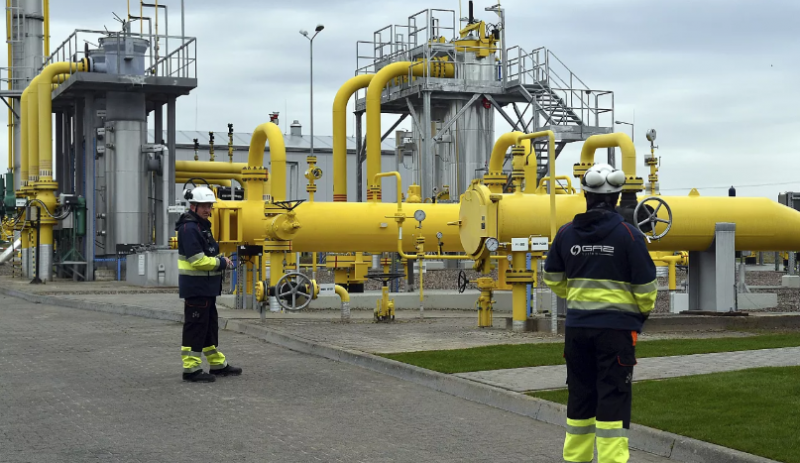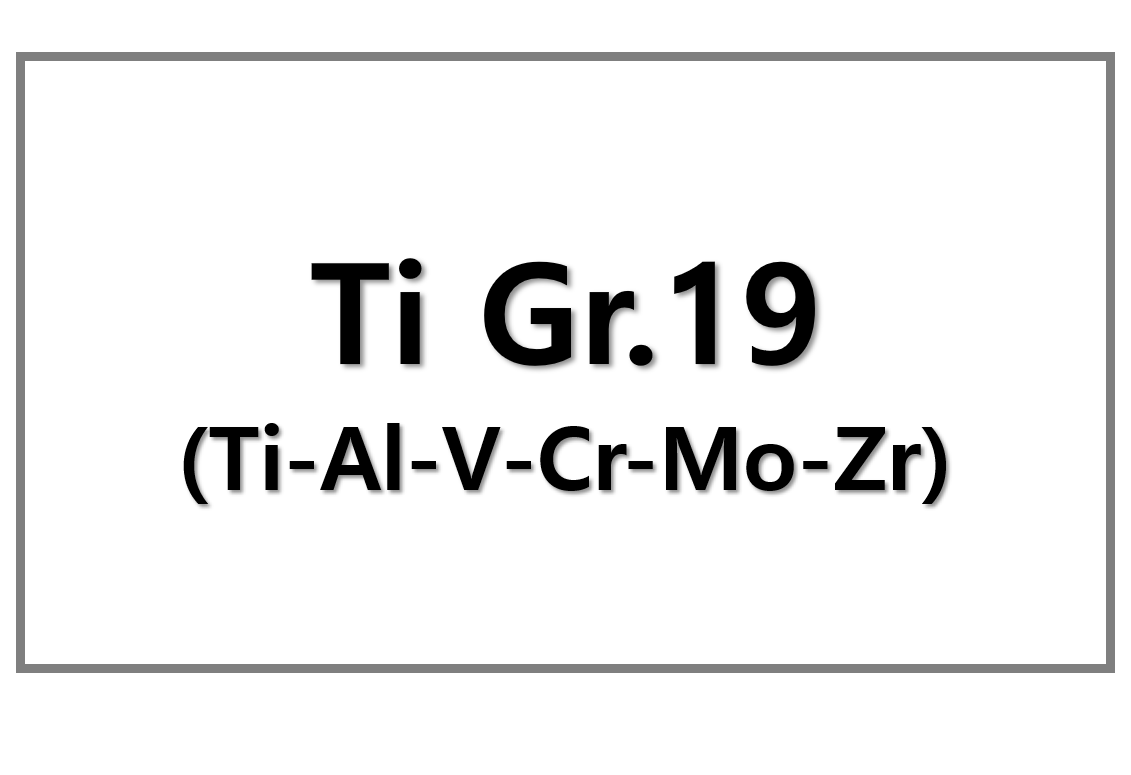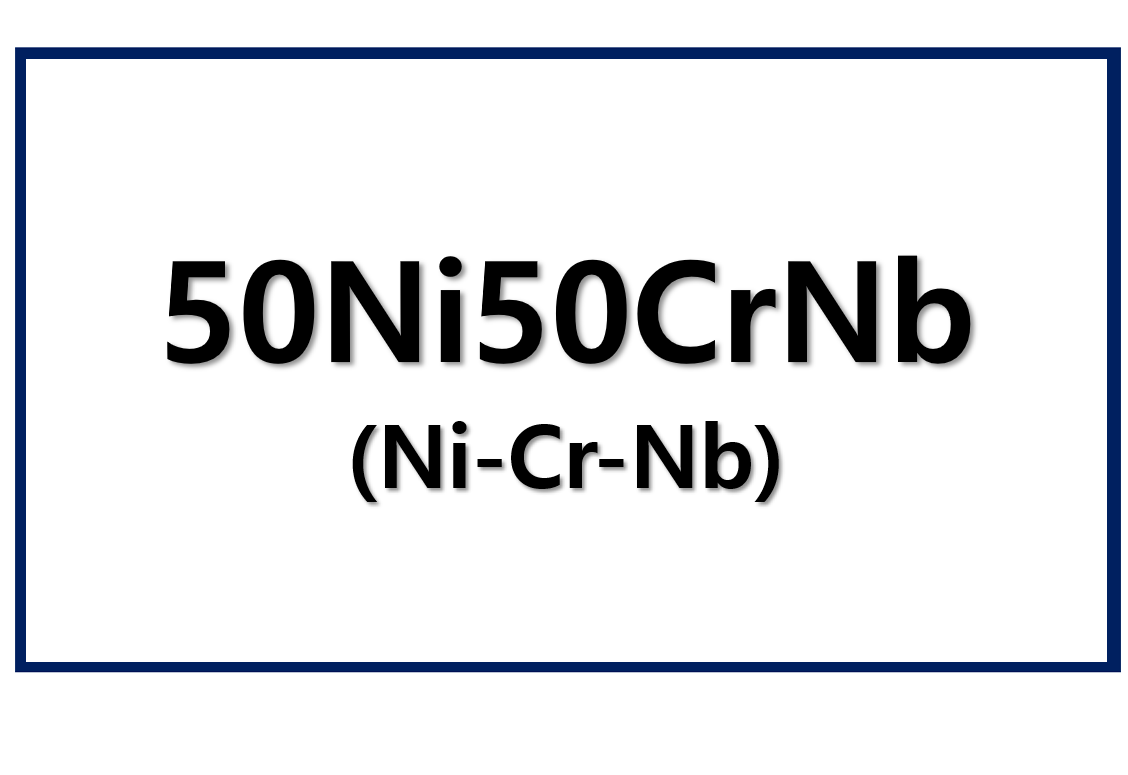
European Gas Market Stabilizes
European gas prices showed signs of stabilization in late April after fluctuating earlier in the month. Between April 17 and April 23, spot gas prices on the Dutch TTF exchange fell from €375/1000 m3 to €358/1000 m3. This drop reflected a return to mid-month levels, following a brief surge caused by an emergency shutdown at a Norwegian offshore field.
Gas Storage and Demand Limitations
Gas traders have been cautious about accumulating stocks in underground storage facilities (UGS). As of April 18, the occupancy rate of European UGS facilities reached 36.4%, up from 34.6% on April 4. Slow storage injections have limited gas demand, which has helped restrain price growth in the region.
Declining Industrial Consumption and LNG Supply Boost
A major factor contributing to price stabilization is the decline in gas consumption in industries, particularly in the European steel sector. Steel production in the EU fell by 2.5% year-on-year from January to March 2024, totaling 32.4 million tons. However, March saw a slight recovery, with production increasing by 0.2% year-on-year.
Additionally, the European market benefits from increased LNG supplies, particularly from the US. On April 15, the second phase of the Calcasieu Pass LNG plant in Louisiana came online, adding 2 million tons of LNG capacity per year. This expansion has helped ease pressure on the European gas market.
US Gas Market Trends and Global LNG Prices
The US gas market has mirrored some trends seen in Europe. From April 14 to April 23, spot gas prices on the NYMEX exchange dropped by $15 to $109/1000 m3. US gas storage facilities saw a 45 million m3 increase in stock, reaching 52.27 billion m3. However, the typical low injection rates after the heating season have moderated price increases.
In the US, industrial gas consumption also declined. Steel production fell by 0.6% year-on-year in the first quarter of 2024, totaling 19.7 million tons. March saw a further decline, with production dropping 1.5% to 6.7 million tons. This drop in industrial demand has contributed to the downward pressure on gas prices.
Meanwhile, Asian gas prices have risen. Between April 14 and April 17, Asian JKM LNG prices rose from $394/1000 m3 to $429/1000 m3. This increase was due to emergency stoppages at multiple terminals, including Malaysia’s Bintulu.
Conclusion
European gas prices have stabilized, driven by slow storage injections, reduced industrial consumption, and increased LNG supply from the US. While European gas prices remain steady, the global market continues to adjust, with fluctuations observed in the US and Asia. Both European and global markets will need to manage supply and demand carefully to maintain price stability moving forward.











Leave a Reply
You must be logged in to post a comment.